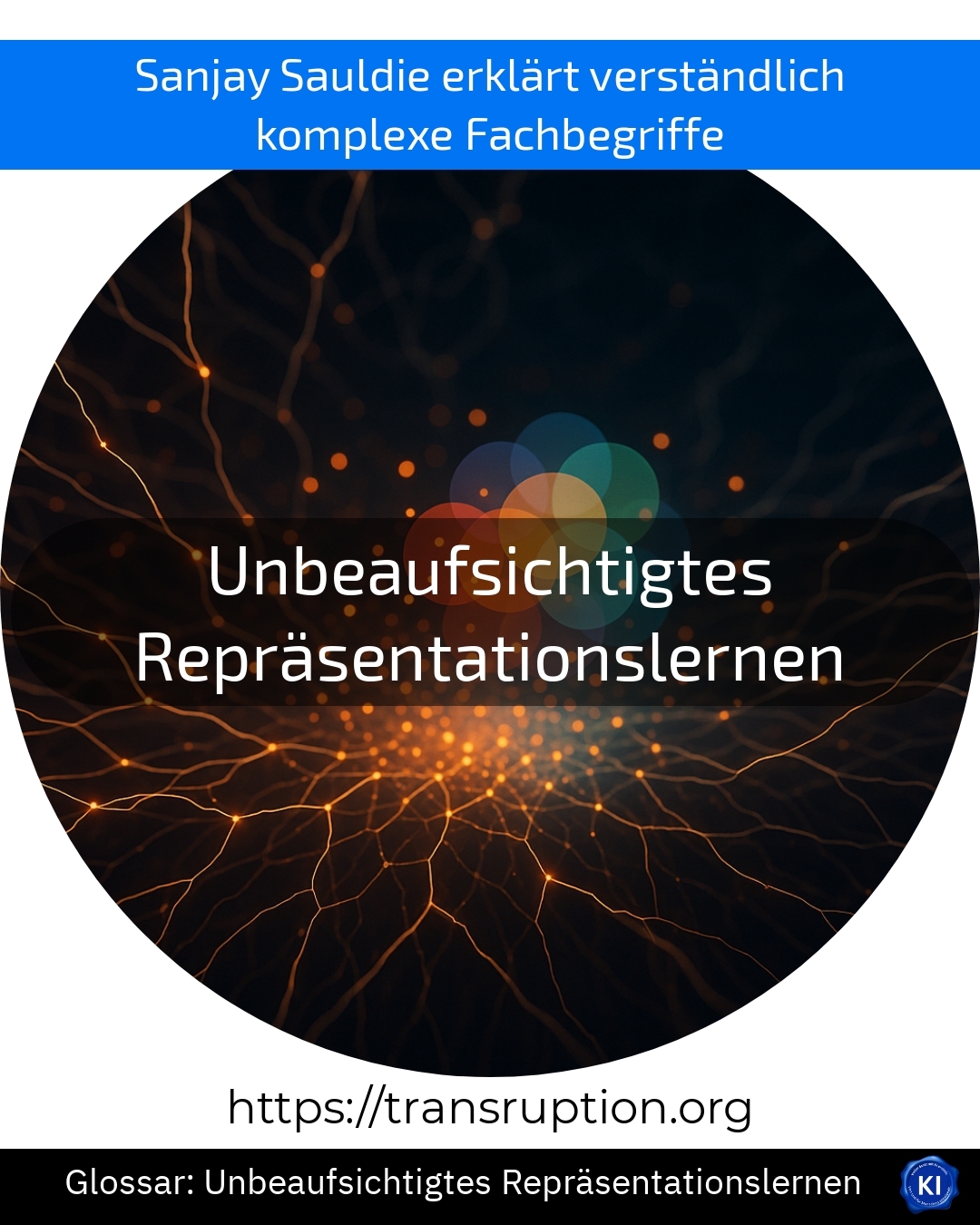Unsupervised representation learning is a term from artificial intelligence and is often used in the field of big data and smart data. It is about how machines or computer programmes independently recognise patterns and correlations from large amounts of data - without humans telling them what to look for.
In contrast to supervised learning, where a human shows the correct answers, unsupervised representation learning works independently. For example, an artificial intelligence can analyse millions of images and automatically discover similarities in them, such as the fact that many images of dogs have similar characteristics. In this way, the AI finds out what a "dog shape" looks like without ever being explicitly told what a dog is.
This process helps companies to recognise hidden structures in their data - for example, to identify customer groups, discover trends or better tailor products to user requirements. Unsupervised representation learning is an important tool for digital transformation and innovation, especially in times of ever-increasing amounts of data.















